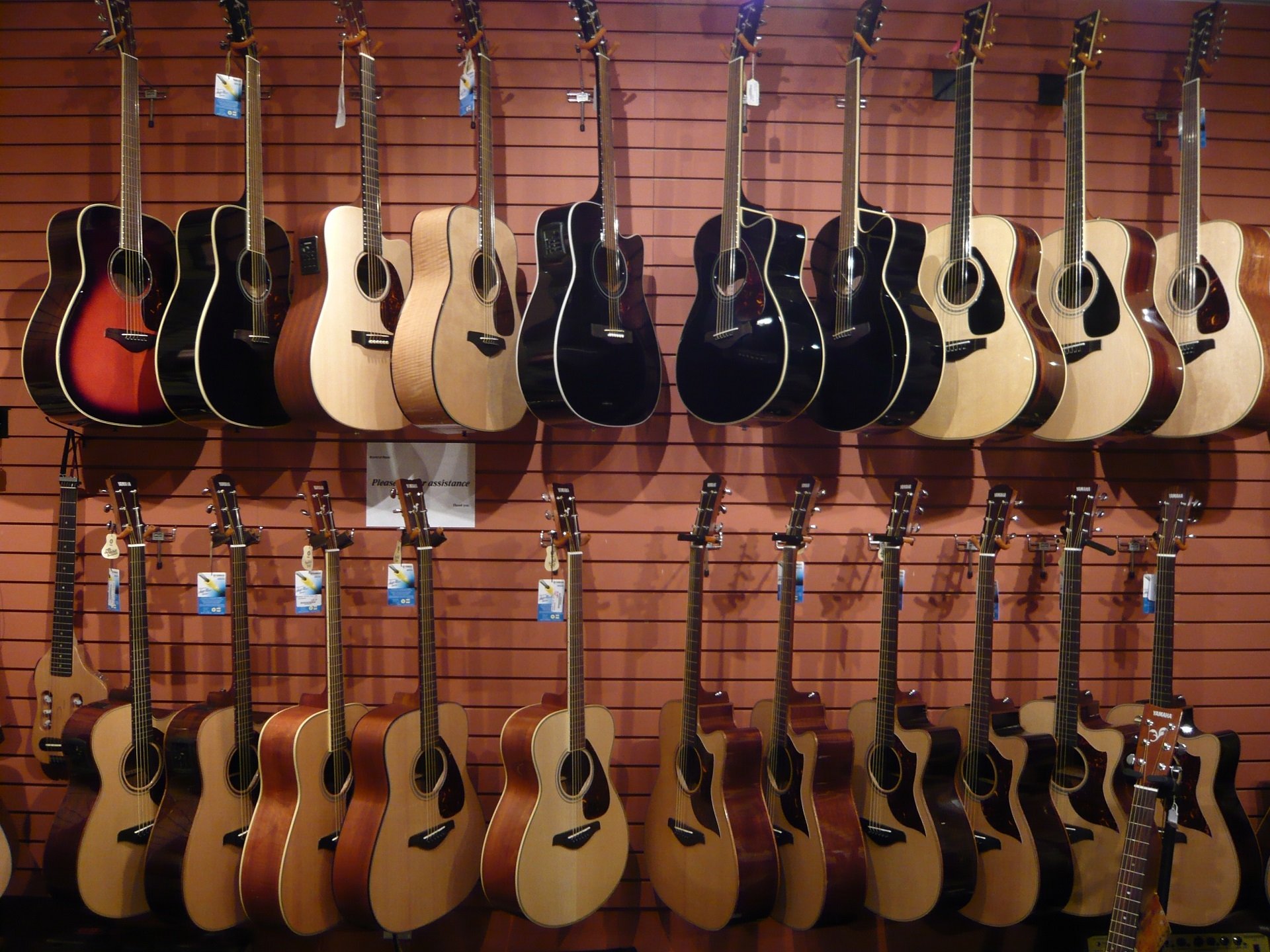From the soulful strumming of acoustic folks ballads to the electrifying riffs of rock 'n' roll, the
guitar has woven by itself into the material of human expression for hundreds of years. This legendary
instrument retains a special position in the hearts of musicians and audio fanatics globally.
As we embark on a journey as a result of time, let's investigate the charming background and evolution
of guitars, tracing their origins from historical civilizations to the modern-day-working day marvels we
cherish nowadays.
1. Ancient Origins
The heritage of the guitar can be traced back again to ancient civilizations, where early stringed
devices served as precursors to the fashionable guitar. Instruments like the tanbur,
originating from historic Mesopotamia, featured a very long neck and a resonating body, akin to
the primary features of now's guitars. As trade and cultural trade flourished, these
devices observed their way to diverse locations, influencing the advancement of stringed
devices in a variety of cultures.
2. The Moorish Influence
The guitar, as we identify it right now, started off to get shape for the duration of the Moorish rule in Spain
during the eighth century. It was the Arabic instrument identified as the "oud" that significantly
impacted the evolution of the guitar. browse this site brought the oud to Spain, and the
instrument's exclusive form and frets motivated the structure of the early European guitars.
three. Emergence of the Guitar in Europe
The sixteenth and 17th generations marked the emergence of various sorts of the guitar across
Europe. These early guitars ended up scaled-down than their modern day counterparts and featured
programs of strings (double strings) instead of single strings. The guitar's attractiveness soared
amid the common men and women, and it grew to become a beloved instrument in folk tunes and courtly
options alike.
4. The Classical Guitar
Throughout the nineteenth century, Spanish luthier Antonio de Torres Jurado revolutionized guitar
design by establishing the fashionable classical guitar style and design. Torres launched a greater
overall body sizing, a narrower waistline, and an inside bracing technique that appreciably improved the
guitar's tonal high quality and projection. This breakthrough led to the establishment of the
classical guitar as we know it currently, with six single strings and a normal tuning pattern.
5. Start of the Electric powered Guitar
The twentieth century witnessed a seismic change in the earth of guitars with the creation of the
electric powered guitar. In the twenties and nineteen thirties, musicians and inventors experimented with
electrifying regular acoustic guitars to amplify their audio. Improvements like magnetic
pickups and amplifiers permitted the guitar's sound to be amplified, paving the way for new
genres of tunes like blues, jazz, and, sooner or later, rock 'n' roll.
six. The Golden Age of Rock 'n' Roll
The 1950s and nineteen sixties have been the golden age of rock 'n' roll, and the electrical guitar became the
emblem of rebel and musical expression. Legendary musicians like Chuck Berry, Jimi
Hendrix, and Eric Clapton pushed the boundaries of guitar taking part in, inspiring generations of
aspiring guitarists all over the world. The electrical guitar's versatility and exclusive sound solidified
its situation as the dominant instrument in contemporary well known new music.
7. Innovation and Breakthroughs
The guitar's evolution didn't stop with the electric revolution. In the latest a long time, technological
enhancements and progressive models have ongoing to shape the instrument's landscape.
The introduction of solid-body guitars, 12-string guitars, and many hybrid variants have
expanded the possibilities for musicians, enabling them to experiment with distinct tones
and participating in designs.
8. Today's Guitar Landscape
In the twenty first century, the guitar remains as suitable and beloved as at any time. It has embraced
contemporary systems, this sort of as electronic consequences and modeling, to provide limitless seem
prospects for present-day musicians. Acoustic guitars continue to resonate with
lovers of folks, state, and singer-songwriter genres, even though electric powered guitars dominate in
rock, pop, metallic, and over and above.
9. World wide Cultural Effect
The guitar's impact goes outside of tunes it has left an indelible mark on many facets of
society and modern society. Legendary guitar riffs from legendary songs have turn out to be section of our
collective memory, instantly recognizable to people of all ages. The guitar's attract has also
prolonged to visual arts, literature, and films, in which it has been depicted as a image of
enthusiasm, rebel, and inventive expression.
ten. Guitar Innovations
Present day luthiers and guitar companies carry on to push the boundaries of guitar layout
and craftsmanship. Innovations like prolonged-range guitars, baritone guitars, and ergonomic
patterns cater to the varied demands of musicians. On top of that, eco-friendly resources and
sustainable production procedures have obtained prominence, contributing to a more
environmentally mindful guitar business.
Summary
The guitar's journey from ancient origins to its recent kind has been a fascinating tale of
innovation, cultural trade, and musical evolution. By means of numerous generations and
musical revolutions, the guitar has transcended boundaries and connected men and women through
the common language of new music. As we proceed to witness the guitar's evolution, it's evident
that its enduring appeal will endlessly make it an instrument of choice for artists trying to find to
categorical their deepest thoughts and leave a lasting affect on the world of songs.